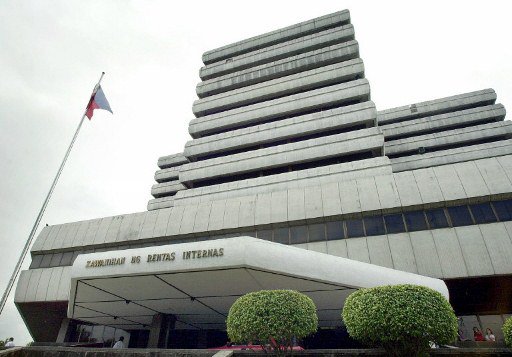Sale of idle mines, better economy seen as 4th quarter revenue boosters
MANILA, Philippines—The government’s revenue collection was expected to peak in the fourth quarter of 2021 with the privatization of idle assets and improving economic prospects as the mass vaccination program goes full steam ahead.
The Cabinet-level Development Budget Coordination Committee (DBCC) expected privatization to raise at least P491 million from October to December for a P500-million programmed sale revenue for 2021. As of end-April, proceeds from privatization fell by 97 percent year-on-year to P8.2 million.
Privatization revenues mostly came from remittances of sales, lease rental, interest income, and other income, like dividends, from shares in corporations.
In a text message on Tuesday (June 8), Finance Undersecretary Gil Beltran said most privatization proceeds were expected to come on-stream by December as these had been conservatively estimated and scheduled.
The government was setting its sights on selling a couple of mining assets as soon as their revaluations were finished. The Department of Finance’s (DOF) Privatization and Management Office (PMO) had been also working to untangle the legal barriers to sell idle mines like North Davao Mining Corp.’s mine in Davao del Norte and Pacific Nickel Philippines Inc.’s in Surigao del Norte.
Article continues after this advertisementThe Duterte administration also wanted to privatize the commercial functions of state-run Philippine Amusement and Gaming Corp. (Pagcor) as well as Philippine Charity Sweepstakes Office (PCSO).
Article continues after this advertisementPrivatization was one way the government could raise money to repay ballooning debt and finance the wider budget deficit brought by pandemic-battered revenue collection and increasing budgetary requirements to fight COVID-19.
The DBCC had programmed the 2021 budget deficit at P1.86 trillion or 9.3 percent of gross domestic product (GDP).
In the fourth quarter of 2021, tax and non-tax revenues—including privatization proceeds—were programmed to reach P744.9 billion, the highest quarterly take.
After collecting P696.5 billion in revenues during the first quarter of 2021, the DBCC expected to generate P725.4 billion in the second quarter amid the annual income tax-filing and payment deadline, plus P714.8 billion by the third quarter for a total of P2.88 trillion programmed for 2021.
Government spending on public goods and services, meanwhile, will peak in the second quarter as the DBCC had set aside P1.42 trillion in expenditures after disbursing a below-program P1.02 trillion during the first quarter.
Disbursements will reach P1.12 trillion in the third quarter and P1.17 trillion in the fourth quarter, as the national government must spend P4.74 trillion for the entire year.
The government also planned to spend the most on public infrastructure between April and June, with P224.4 billion programmed.
Expenditures on infrastructure and other capital outlays amounted to P195.2 billion in the first quarter. The programmed infrastructure disbursements for the third and fourth quarters were P169.7 billion and P171.9 billion, respectively.
As such, the quarterly budget deficits had been adjusted to P696.5 billion in the second quarter, P407.8 billion in the third quarter, and P429.9 billion in the fourth quarter after the first-quarter fiscal deficit of P321.5 billion fell short of the earlier P541.2-billion program.
The latest Department of Budget and Management (DBM) data showed that over one-fifth, or P5.7 billion, out of the P25.1-billion calamity funds under the 2021 national budget and 2020 continuing appropriations were released as of end-May.
From the P5.1 billion in last year’s national disaster risk reduction management fund (NDRRMF) whose validity had been extended until end of 2021, the DBM released P1.9 billion during the first five months.
From this year’s calamity fund amounting to P20 billion, P3.8 billion was released as of May.
The Inquirer earlier reported that these calamity funds were unreleased, hence unspent during the first quarter despite the prolonged fight against the COVID-19 pandemic.
